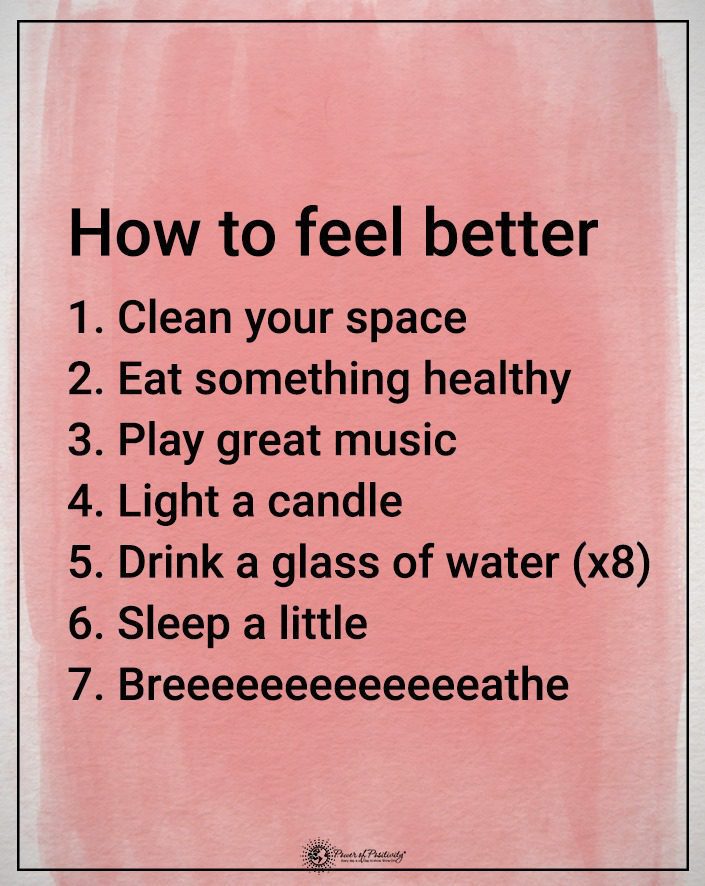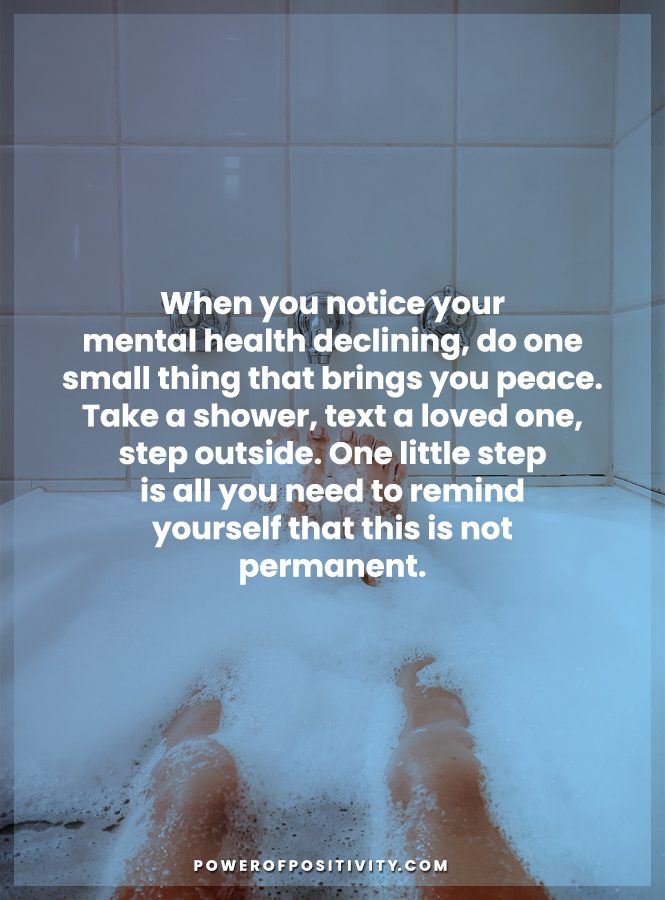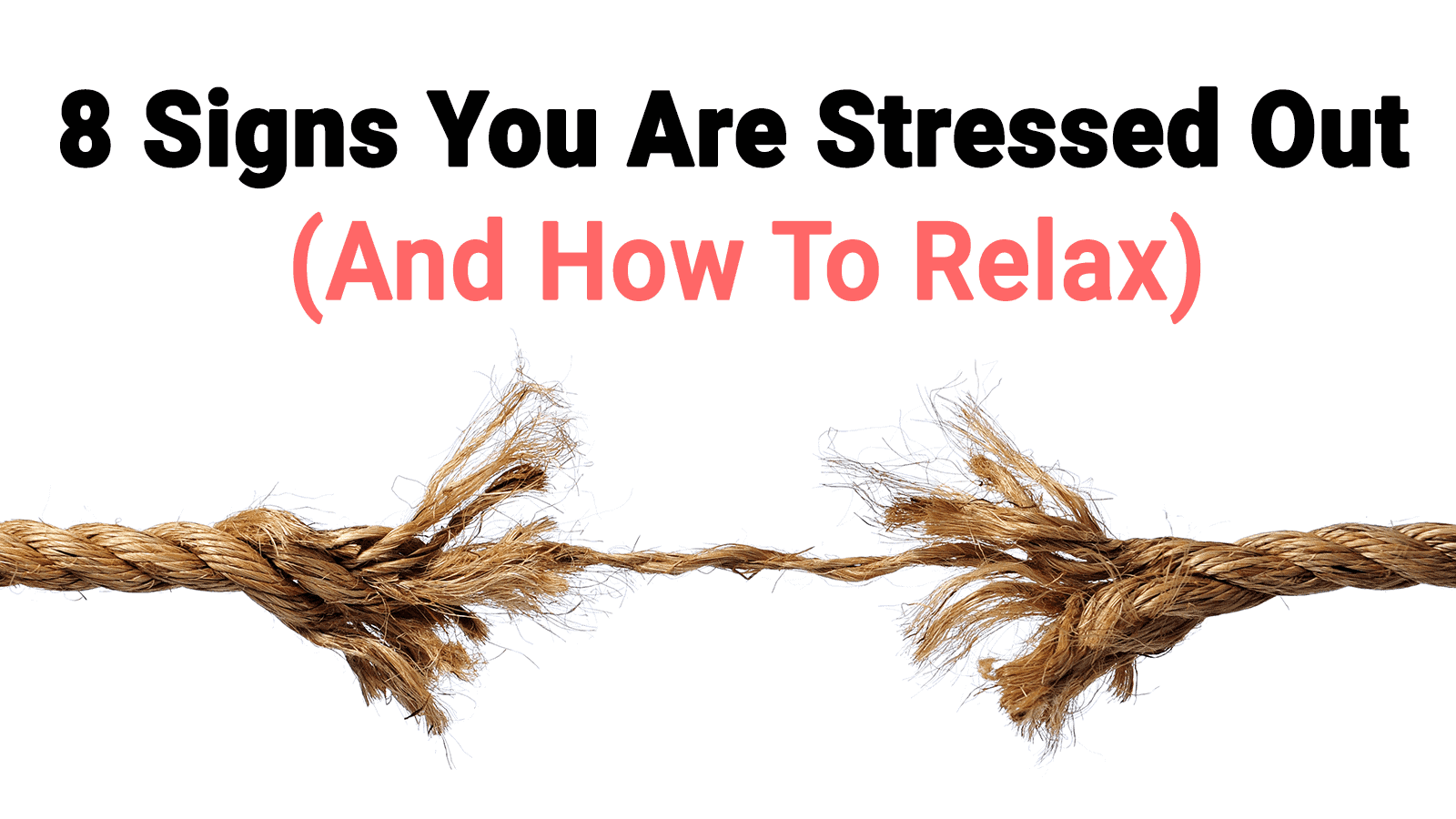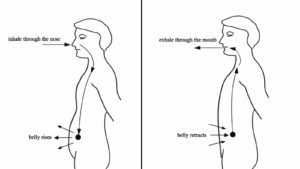Your health is valuable and needs to be taken care of. Without good health, you won’t be able to enjoy your day-to-day life. You probably think that you’re doing enough to care for your health. But are you really?
Some of the most common mistakes when it comes to health are unconsciously performed. Being aware of these missteps can do wonders for your well-being. Therefore, let’s discuss some health mistakes people often make, but often don’t realize!
Here Are 25 Health Mistakes People Often Make And Don’t Realize

“Calm mind brings inner strength and self-confidence, so that’s very important for good health.” – Dalai Lama
1. Not standing up enough
Many of us have desk jobs that keep us seated most of the day. Sitting still for so long presents so many health concerns, including:
- Cardiovascular disease
- Diabetes
- Obesity
- Blood clots
- Anxiety
- Dementia
- Back pain
- Osteoporosis
- Varicose veins
- Cancer
So how can you avoid these risks? Take some time every half hour to get up and walk around, even just for a couple of minutes. If you can’t walk around, standing up and stretching works, too.
2. Skipping breakfast
When you skip out on your first meal, you’re forcing your body to run on little to no energy. This can make you feel weak and sluggish as the day goes on. When your body is in this low-energy state, it starts preserving fat for fuel. This may lead to weight gain and obesity.
So eat your breakfast! You’ll enjoy positive results, including better metabolism, higher levels of focus, more positive thinking, and healthy blood sugar levels.
3. Sleeping too little
The human body typically needs between seven and nine hours of sleep per night. Unfortunately, a large number of people around the world don’t meet this minimum. Studies have shown that getting too little sleep can put you at risk for the following:
- Memory loss
- Depression
- Cardiovascular disease
- Obesity
- Cancer
Getting the right amount of sleep is something many don’t realize is so essential for their health. Don’t make that mistake!
4. Stopping yourself from sneezing
Sometimes, you’re in a situation where a loud “Achoo!” could be awkward and embarrassing. So, you stifle it. But doing so too often can cause damage to:
- Eye blood vessels
- Eardrums
- Diaphragm
Trust us when we say letting out a sneeze and suffering some embarrassment is preferable to holding it in and winding up with health consequences!
5. Playing music too loudly
You might want to blast your favorite songs through your earphones, but refrain! The ears are full of nerve endings that don’t do well with thundering noises. Listening at high volumes can cause loss of hearing.
Headphones are safer than earphones when playing music, but your best bet is to listen at low volumes or from a separate device. Anything that doesn’t pump audio straight into your ears is a better bet.
6. Carrying heavy bags
Sometimes, we make the mistake of tossing just about everything into our bags. Then, later, we forget to take out everything we don’t need. It piles up. This can cause a too-heavy bag that leads to a variety of health problems, including:
- Neck issues
- Bad posture
- Back pain
- Arthritis
- Other forms of pain
So clean out your bag every so often! Take out the items you don’t use, and keep your purse as clear and light as possible.
7. Brushing teeth straight after eating
That’s right – according to this study, this dental health tip is entirely false. The act of brushing right after eating can lead to damage to the topmost layer of protection that your teeth have.
This is especially dangerous if you have just eaten something acidic or carbonated. Brushing immediately after consuming coffee, soda, or citrus juice is incredibly damaging. Wait around 40 minutes after eating before grabbing your toothbrush!
8. Ditching sunscreen
Sun damage can occur year-round, and it’s generally pretty bad for health. Not only can excess exposure increase the chances of skin cancer, but it can also gradually cause skin damage. So when heading out under the sun, opt for a sunblock that provides SPF 30.
9. Drinking too little
Staying hydrated is crucial to daily health. Water benefits so many organs and processes that it’s silly not to get enough of it! Here are some things water helps:
- Skin
- Muscles
- Liver
- Kidney
- Bowel
- Weight
- Energy
Water is refreshing and revitalizing. Don’t make the mistake of scrimping on it!
10. Binging shows at night
We joke about spending all night on Hulu and Netflix. But did you know that these acts can be bad for health?
Not only does staring at a screen cause insomnia, but it can also lead to poor sleep when you do get some. Blue light from device screens messes up the body’s sleep cycles. Light, in general, preventions sleep hormone production. Instead of staring at your laptop, phone, or TV, read a book or listen to calming music before bedtime.
11. Trying to delay bathroom trips
When you hold in bowel movements, you let waste material build-up within the digestive system. Not only does this lead to eventual constipation, but it may also make going in the future much more difficult. Don’t ignore nature’s call!
12. Driving with the windows down
Cracking open a window while driving is a great, fun way to get some air. But the University of Southern California conducted a study that found that this could be harming your health.
Having the windows down during your commute comprises a whopping 45% of average daily pollutant exposure – even if you’re only commuting for six percent of your day. Yikes!
13. Hitting snooze
How many times have you heard your alarm and ignored it? How many times have you reached over to hit the snooze button? Do you frequently say, “just ten more minutes”?
Doing so actually forces your sleep cycle to fragment. Your cycle begins anew every time you fall back asleep. Repeated rude awakenings prevent you from getting enough deep, restorative sleep.

14. Not warming up before a workout
Warming up isn’t just some fancy thing fitness gurus do. If you start exercising cold, your muscles aren’t prepared for the sudden stress. This can cause injury to your joints and muscles. Throwing in some stretches and mild warm-ups into an exercise routine can work wonders in this respect.
15. Neglecting your social life
You may feel like you have no time for a proper social life. But according to research, your chances of living a long life increase by fifty percent when you have strong social bonds. Let loose now and then! Go out for a night on the town with your friends, or even meet for lunch. You’ll enjoy loads of positive benefits!
16. Snacking often
There’s nothing wrong with snacking in moderation. A quick snack can give you the energy you need if you’re hungry between meals.
But many people neglect to stop snacking once their bodies have had enough. Continual, unaware snacking will, of course, cause fat storage and weight gain. As such, you’ll want to be mindful of what you eat. Opt for small portions or go for healthier nibbles.
17. Sneezing or coughing into your hands
When you cough or sneeze right onto your hands, you’re setting a lot of bacteria on your palms. This bacteria will then greet anyone you shake hands with and everything you touch. Yikes! Instead, sneeze into a tissue or handkerchief – or into your elbow in a pinch.
18. Not flossing
Dentists constantly remind us to floss, but many people still neglect this crucial step! You may think brushing your teeth is enough, but it isn’t. Plaque can build up between teeth in ways only floss can fix. Not flossing can lead to:
- Tooth loss
- Heart disease
- Stroke
- Cancer
- Premature birth
Flossing is about more than just your teeth. Pay attention to your dentist and listen to their instructions!
19. Bad posture
If you work at a computer, chances are you spend some portions of the day slouching. Even when done unintentionally, slouching can cause bad posture. And bad posture, according to Dr. Kenton Fibel, has countless adverse effects on health, including:
- Bad circulation
- Breathing problems
- Lung issues
- Arthritis
- Spinal issues
- Neck issues
- Jaw pain
- Back pain
- Shoulder pain
- Gastrointestinal pain
- Headaches
- Poor sexual function
- Tiredness and fatigue
- Bad, unbalanced moods
Though difficult, putting in the effort to reduce slouching will promise a huge positive change in the body. Keep your back straight and stretch often!
20. Ignoring your bladder
Like number 11 above, holding in your urge to urinate also spells bad news for your health. It can cause the bladder to be forced to stretch itself. This stretching promotes terrible bacterial growth. Do this too often, and you may get a kidney infection.
21. Eating too much salt
When you eat excess salt, your body’s electrolyte levels surge upwards. This can cause water to be distributed incorrectly all throughout your system, leading to:
- Excessive hunger
- Weight gain
- High blood pressure
- Heart disease
- Increased risk of diabetes
- Sweating
We all love our seasoning, but learn to take it easy on the shaker!
22. Sleeping in on the weekend
You might think the weekend is the perfect time to catch extra snooze. You’d be wrong! Changing your sleep schedule over the weekend messes up your whole inner clock. It can even cause:
- Depression
- Tiredness and fatigue
- Heart disease
Your best bet is to build a workable sleeping schedule to adhere to on weekdays that allows you sufficient sleep. Then, continue using that schedule on weekends. You’ll find yourself feeling more energetic!
23. Letting stress build
A little bit of stress is healthy. Too much is the opposite. If you’re worrying non-stop, you’re causing harm to your body. This includes:
- Chest pain
- High blood pressure
- Headaches and migraines
- Lack of sleep
- Mental illness
When you’re worried or stressed out, take the time to breathe. Write your feelings down in a journal and try to figure out what’s causing these reactions. Confronting your emotions is excellent for your health and helps you cope.
24. Microwaving with disposable plastic containers
According to Harvard Health Publishing, you put yourself at risk when you zap food in the microwave inside even BPA-free disposable plastic containers. Plastics always have a chance of leaking their chemicals into the food you eat.
It’s a good idea for you to use BPA-free, microwave-safe washable containers to get this job done. If you’re using plastic wrap, don’t let it touch your food. And if you’re worried, go for ceramic containers to ensure positive results!
25. Neglecting to smile
As cheesy as it is, being happy can elongate your lifespan! The brain naturally releases feel-good hormones called endorphins when we smile. These hormones relax the body and ease stress. Learning to find reasons to smile and practicing positive thinking might help you live longer!
Final Thoughts On Health Mistakes People Often Make And Don’t Realize
There are lots of things we take for granted about our health. It’s not uncommon to fail to realize how much all these factors can affect us. By being aware of these health mistakes, you can make better daily decisions and do yourself (and your body) a huge favor.









